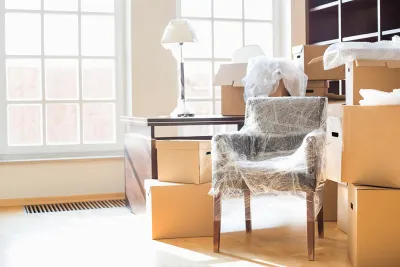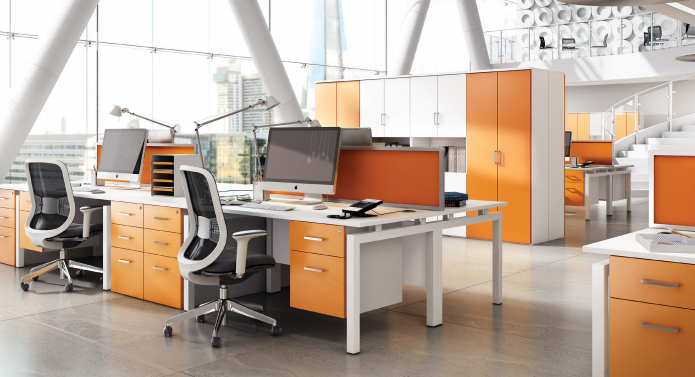Moving can be a stressful and time-consuming process, but with the right packing supplies and techniques, you can make it more efficient and protect your belongings. One often overlooked packing material that can be incredibly useful is plastic wrap, also known as stretch wrap, shrink wrap, or cling wrap. Its versatility, durability, ease of use, affordability, and recyclability make it an excellent choice for moving. In this article, we will guide you on how to effectively use plastic wrap for your upcoming move.
- Secure padding materials: One of the most common uses of plastic wrap during a move is to secure furniture blankets, bubble wrap, or other protective padding materials onto your furniture pieces, appliances, or specialty items. By wrapping plastic wrap around these items, you can keep the padding snugly in place and provide an extra layer of protection. Unlike packing tape, plastic wrap leaves no sticky residue on delicate surfaces.
- Protect mattresses and upholstered furniture: Plastic wrap is particularly useful for protecting mattresses and upholstered furniture. If you don’t have a special mattress bag, you can create one by tightly stretch-wrapping the entire mattress. This will keep it safe from dirt, dust, and moisture during the move. However, avoid using plastic wrap on furniture with leather upholstery, as it can trap moisture and potentially damage the material.
- Guard against dirt, dust, and moisture: Plastic wrap is an excellent way to shield your belongings from dirt, dust, and moisture during transportation. When wrapped tightly around items, it creates a durable protective layer that prevents these elements from penetrating through. This is especially beneficial when moving on rainy days. Ensure that no moisture is trapped inside the plastic wrap to avoid potential damage.
- Secure furniture drawers, doors, and panels: To prevent accidents and damage during the move, use plastic wrap to secure furniture drawers, doors, and panels. This ensures that no removable parts shift or open during transportation. Plastic wrap clings to itself, making it easy to secure these elements without leaving any residue. Avoid using regular packing tape as it can damage delicate surfaces.
- Wrap up drawers together with their contents: To save time during the packing process, you can use stretch wrap to seal the contents of a drawer or bookcase. Simply wrap the entire drawer with its contents inside, transforming it into an instant packing box. This technique works best for non-breakable items such as clothing, bedding, or soft items that won’t be damaged when shifting around during transport.
- Bundle similar items together: Plastic wrap is great for bundling similar items together, promoting organization during the packing process. You can use it to bundle small cardboard boxes, detached furniture pieces, small kitchen items like silverware, or items with long handles such as tools or mops. It’s also useful for grouping together soft, lightweight items like stuffed toys or pillows.
- Prevent spills: When packing bathroom items such as bottles of shampoo, conditioner, and shower gel, plastic wrap can be your savior. Remove the cap, place a piece of plastic wrap over the opening, and then close the cap. This method ensures that the containers are leak-proof during transit. For extra protection, consider placing each item in a plastic Ziploc bag.
- Secure power cords and cables: Safety is paramount during a move, and securing power cords and cables is crucial to prevent accidents. Use cling wrap to fasten them to the side (usually the back) of appliances, eliminating tripping hazards. This ensures that cords stay in place and reduces the risk of injury.
- Keep rolled-up rugs from unfolding: If you’re taking area rugs with you, prevent them from unfolding during the move by using plastic wrap. After rolling up the rug correctly, secure the ends of the carpet roll with plastic wrap or pieces of tape to keep it tightly wound. This will make it easier to transport and prevents it from unwrapping during the move.
- Label and group items: Lastly, plastic wrap can be useful for labeling and grouping items. After packing a group of items together, wrap them in plastic wrap and use a permanent marker to write the contents or room destination directly on the wrap. This helps you stay organized during the unpacking process and ensures that similar items are kept together.
By utilizing plastic wrap during your move, you can protect your belongings, streamline the packing process, and make unpacking more organized. Remember to use the appropriate size and thickness of plastic wrap for each task and always handle it with care. With these tips, you’ll be well on your way to a smoother and safer move.




